Habbies Howe
Local Geodiversity site | Midlothian
Local Geodiversity site | Midlothian
Scotland's geosites are chosen because of their local, national or international importance. Take only photos, leave only footprints: avoid causing any damage to this site. You can walk almost anywhere in Scotland without the need to ask permission or keep to paths, but you have a responsibility to care for your own safety, to respect people's privacy and peace of mind and to cause no damage.
The right of access does not extend to quarries, building sites or any land where public access is prohibited, or to the collection of geological samples.
A wooded gorge about 1 km long with riverside cliffs of limestones, mudstones and sandstones as well as a small waterfall.
The River North Esk flows through a steep-sided and narrow valley about a kilometre long between Mill Bridge near Amazondean and Craigy Bield. The valley is thought to be a glacial meltwater channel and the waterfall is a knick point, produced by headward erosion by the river.
The sedimentary rocks consist of limestones, sandstones and mudstones of two formations of the Carboniferous Clackmannan Group (Visean), the Lower Limestone Formation and the Limestone Coal Formation. Exposures are found in the sides of the valley but rarely in the river bed. The succession is cut by several faults, indicated by frequent changes of dip angle and direction.
1. Limestone exposure at NT 1690 5640 near Mill Bridge, Amazondean. This is the Blackhall Limestone within the Lower Limestone Formation and is a crystalline, fossiliferous, cream-coloured limestone that effervesces freely with dilute HCl and has a characteristic yellow weathering skin. Fragments of crinoid stems, a solitary coral and shells were visible in a loose block. Rubbly beds of limestone range in thickness from 10 cm to more than 1 m and the dip is 83 towards the south-east. The steep dip suggests the proximity of a fault (Photos 1 & 2).
2. A waterfall is reached at NT 1709 5633. It falls over 2 m of crinoidal Blackhall Limestone underlain by dark grey mudstone which gives rise to the plunge pool below (Peggy’s Pool) (Photos 3 & 4). From the top of the waterfall there is a good view south-west along the river showing the upper section of the glacial meltwater valley (Photo 5).
3. From the waterfall, the path follows the north bank, passing cliffs of the Blackhall Limestone up to 10 m high on both sides of the river. Crags of Blackhall Limestone that dip at 12° to the south-east (205°) are found close to a footbridge downstream from the waterfall at NT 1714 5634 (Photo 6)
4. Rocks of the Limestone Coal Formation (Namurian) are found at the east end of the gorge, seen at NT 1783 5657 where the valley widens at Craigy Bield. An extensive exposure of a sandstone is seen on the north bank next to the footbridge (Photos 7 & 8).
5. At NT 17826 56574 near the footbridge at Craigy Bield is a plaque with a quotation from Allan Ramsay’s ‘The Gentle Shepherd’ (Photo 9).
6. From the footpaths west from Newhall House towards Mary’s Bower, there are good views down into the steep-sided meltwater valley (Photos 10 & 11).
Ask for permission to park at Amazondean Farm or Newhall Estate, or walk from the public car park in Carlops.
The plaque at Craigy Bield carved into sandstone in the downstream section of the valley is now much weathered. It quotes from ‘The Gentle Shepherd’, a pastoral comedy by Allan Ramsay published in 1725. The landscaping of Habbie’s Howe was undertaken during the late 18th century and remodelled in the early 19th century by the owner of the Newhall Estate, Robert Brown, as a setting for ‘The Gentle Shepherd’.
A delightful wooded valley with pleasant footpaths on the north side and along the River North Esk. Interesting features include a waterfall with plunge pool (Peggy’s Pool), views of a folly tower (Mary’s Bower) and Newhall House on the north side of the valley.
Mary’s Bower, a circular folly built in the late 18th century, stands on the north bank of the gorge.
Tulloch, W. and Walton, H.S. 1958 The Geology of the Midlothian Coalfield. Memoir of the Geological Survey of Scotland. p.24
This section of the River North Esk glacial meltwater channel has excellent exposures of several rock types representing two formations of Lower Carboniferous age, the Lower Limestone Formation and the Limestone Coal Formation.
There are no safety notes yet.

Photo 1 Near-vertical Blackhall Limestone beds probably associated with local faulting, at Mill Bridge, Amazondean (NT 1690 5640).
Alison Tymon
Aug. 15, 2019

Photo 2 A closer look at the Blackhall Limestone beds at Mill Bridge. Scale card on the right is 9 cm long
Alison Tymon
Aug. 15, 2019

Photo 3 Waterfall formed of horizontal crinoidal Blackhall Limestone. The plunge pool (Peggy’s Pool) is formed by undercutting of the underlying less resistant mudstones. (NT 17102 56334 looking upstream).
Alison Tymon
Aug. 15, 2019
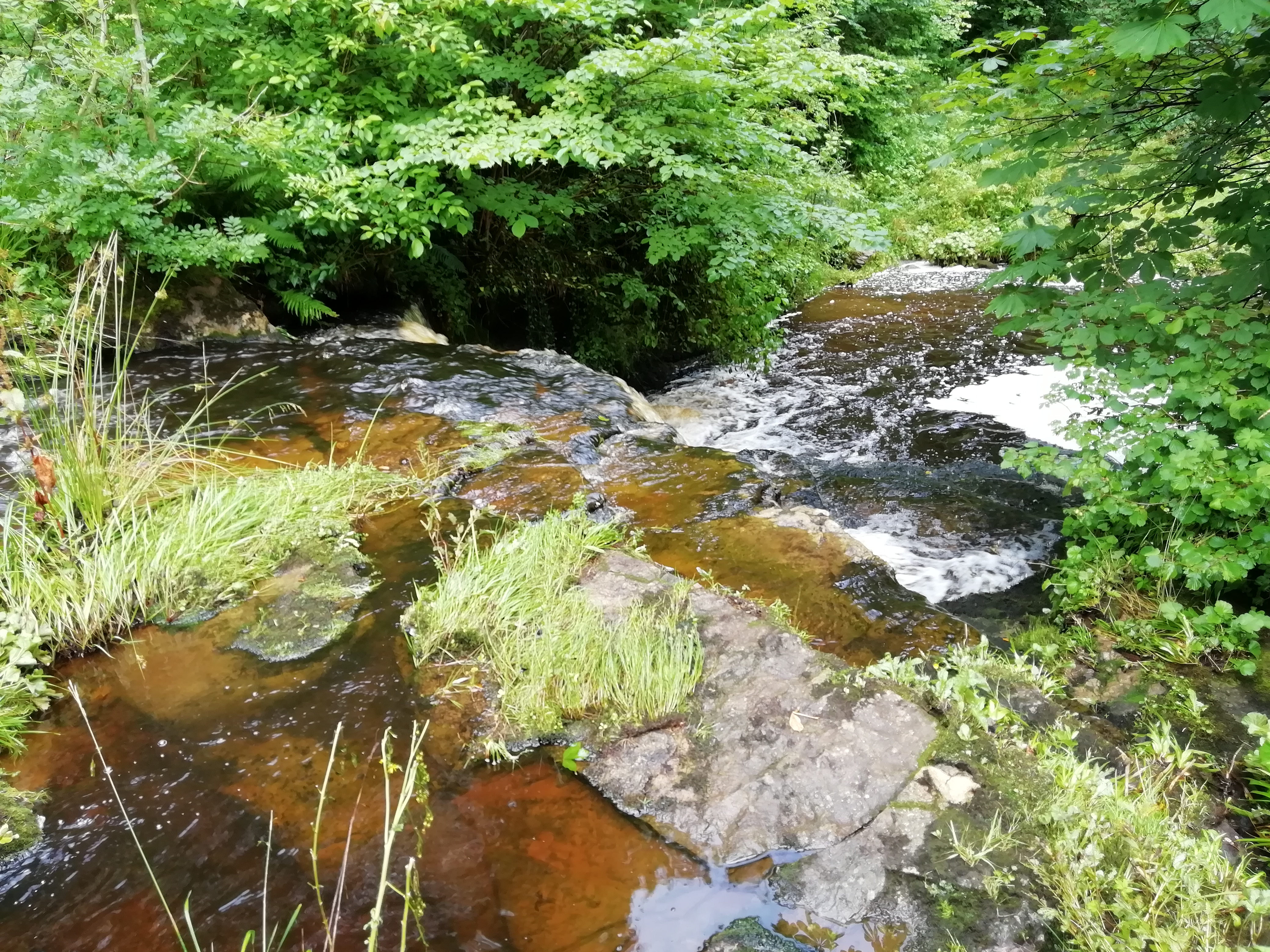
Photo 4 Top of waterfall looking downstream (NT 1710 5633)
Alison Tymon
Aug. 15, 2019

Photo 5 From the top of the waterfall looking up the glacial meltwater channel.
Alison Tymon
Aug. 15, 2019
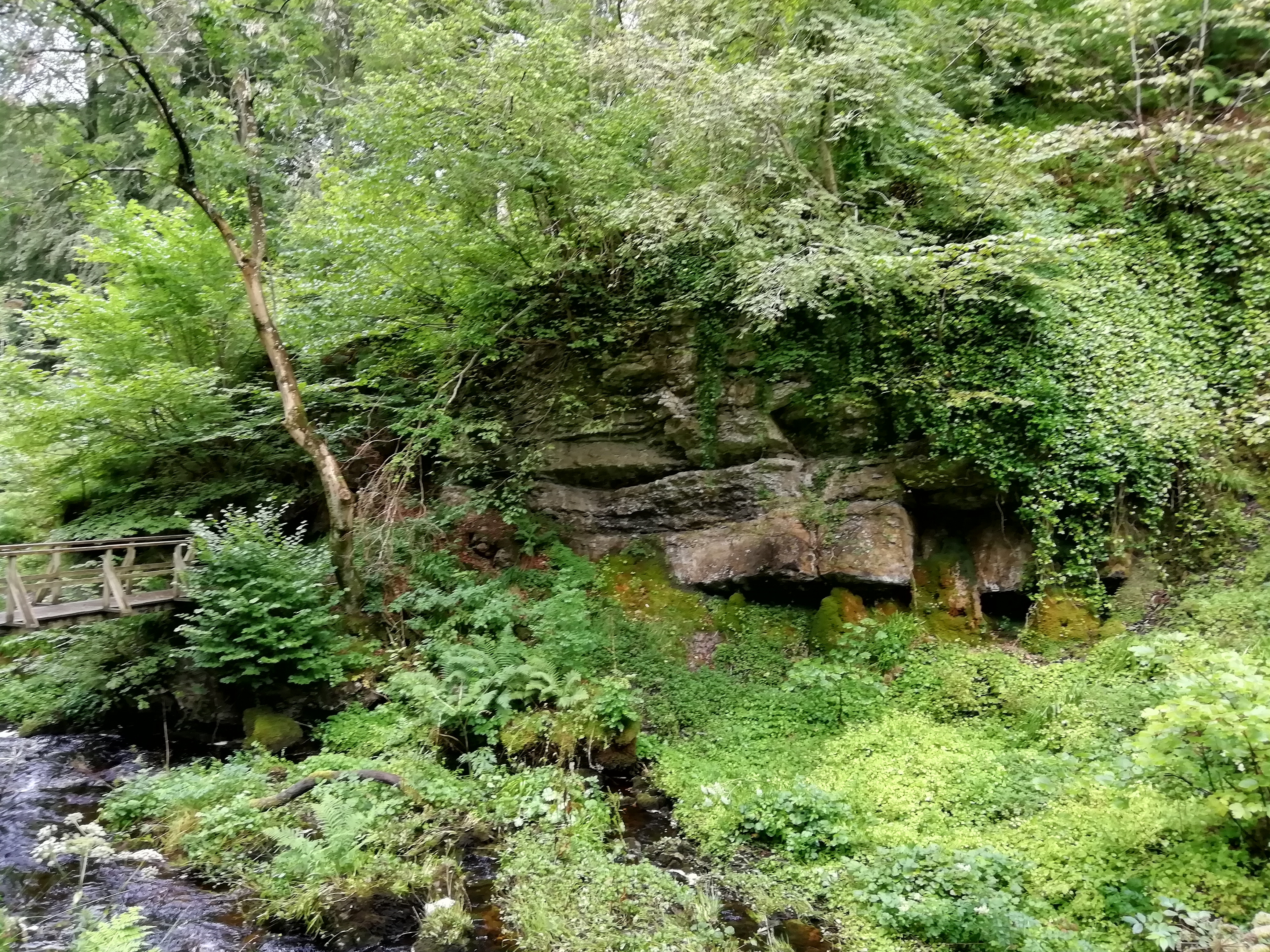
Photo 6 Crags of Blackhall Limestone which dip at 12 ° to the south-east (205°) are found close to a footbridge downstream from the waterfall (NT 1714 5634).
Alison Tymon
Aug. 15, 2019
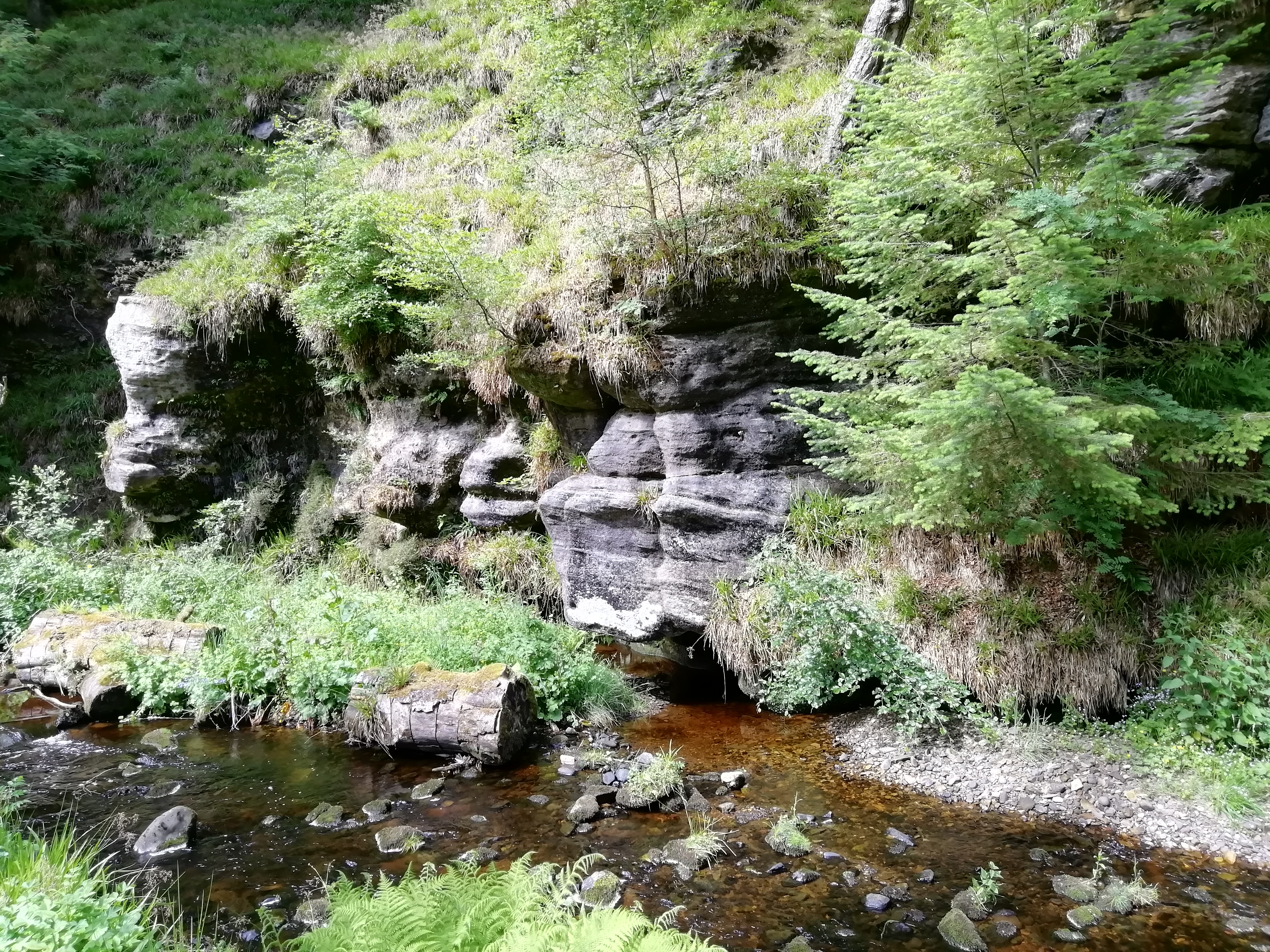
Photo 7 River-eroded sandstone crags of the Limestone Coal Formation can be seen at the footbridge at Craigy Bield. Photo taken from NT 17826 56574.
Alison Tymon
Aug. 15, 2019
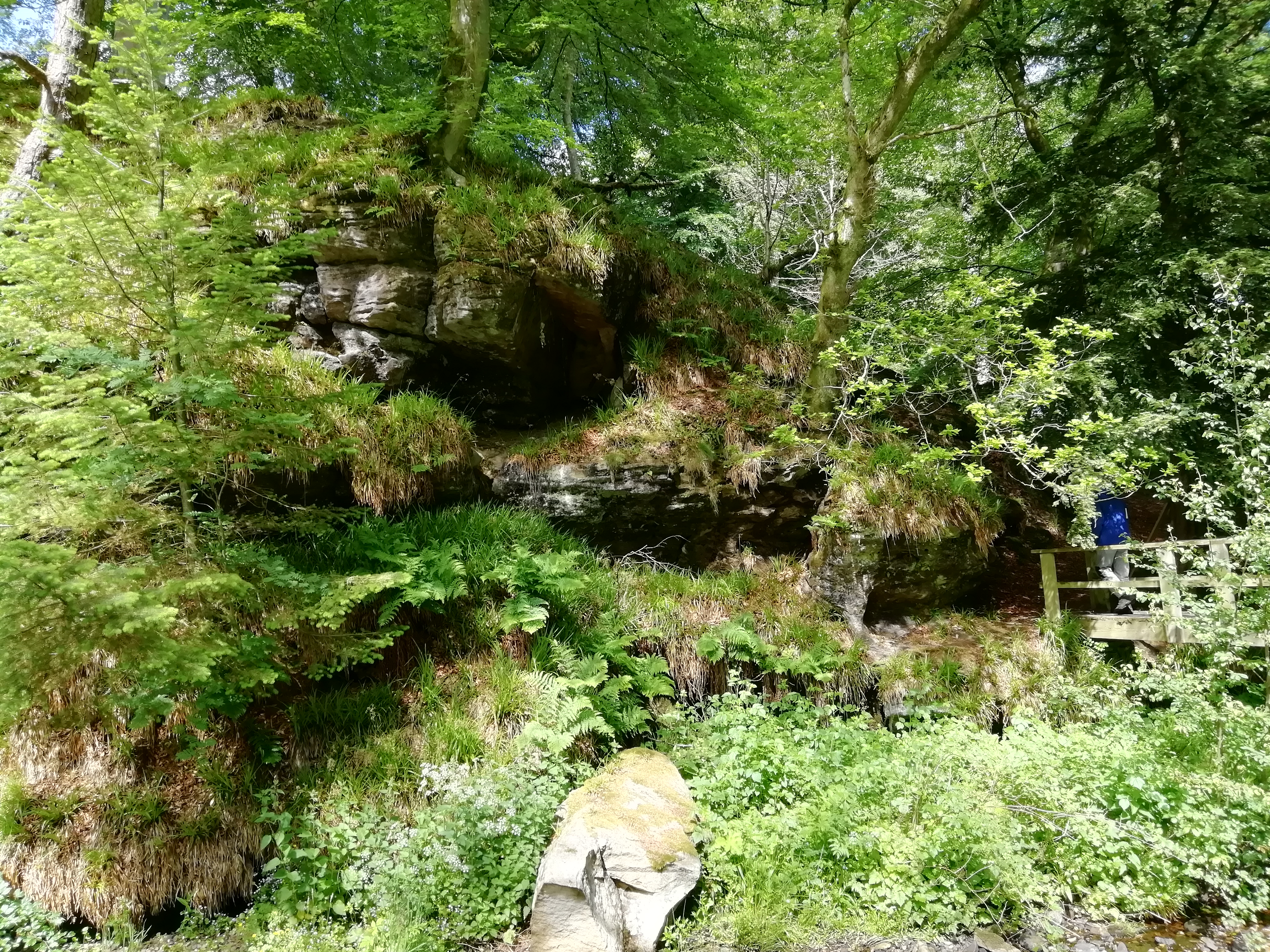
Photo 8 The footbridge at Craigy Bield with overgrown sandstone crags.
Alison Tymon
Aug. 15, 2019

Photo 9 A sandstone plaque under the recess commemorates the fact that ‘The Gentle Shepherd’ by Allan Ramsey, published in 1725, relates to the Newhall estate (NT 17826 56574).
Alison Tymon
Aug. 15, 2019
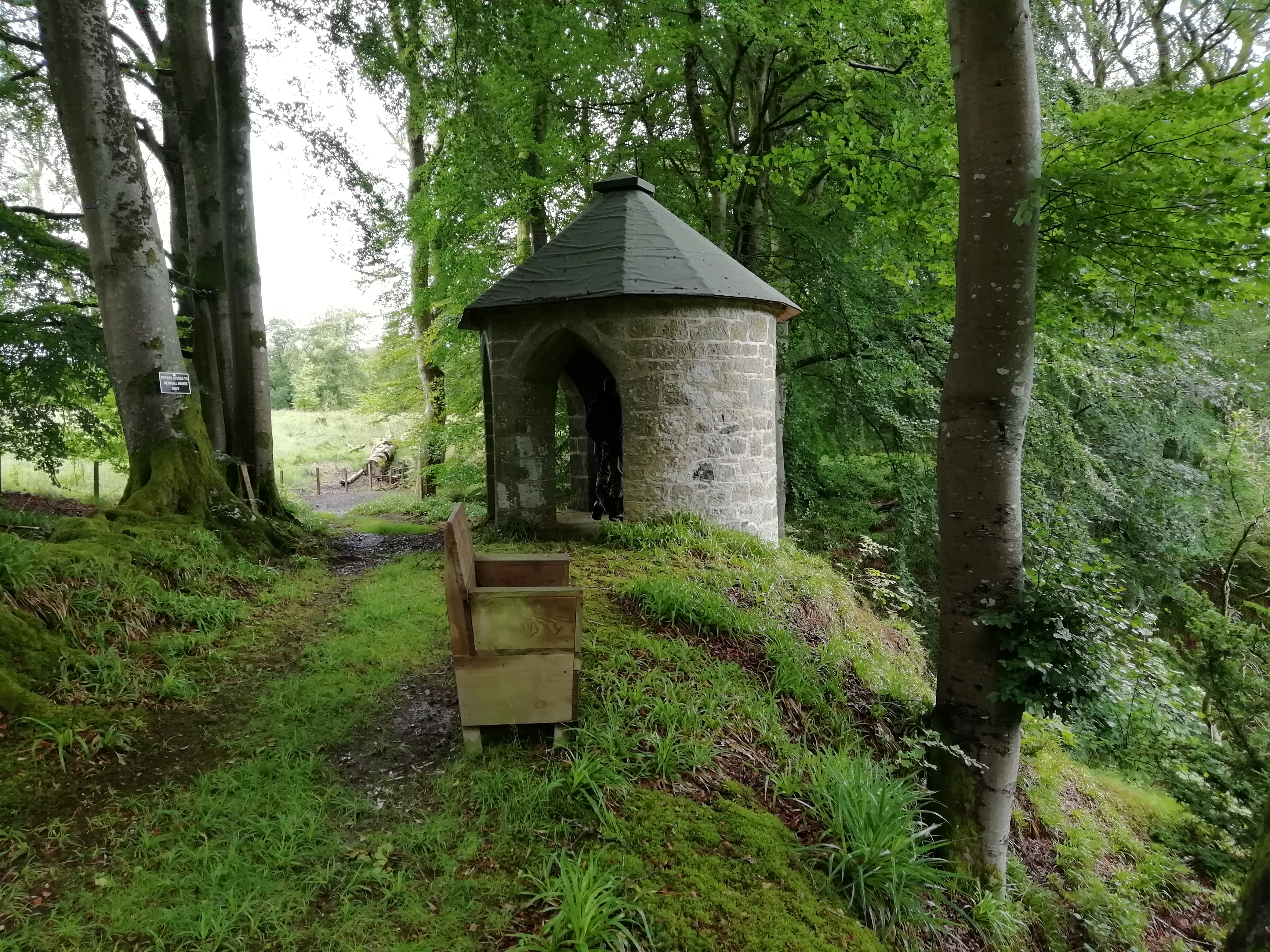
Photo 10 Mary’s Bower, an early 18th century folly, can be seen at the top of the steep northern slope of the glacial meltwater channel. NT 17305 56490
Alison Tymon
Aug. 15, 2019

Photo 11 View into Habbie’s Howe meltwater valley from Mary’s Bower looking south-east, showing the early nineteenth century landscaped policies surrounding Newhall House.
Alison Tymon
Aug. 15, 2019